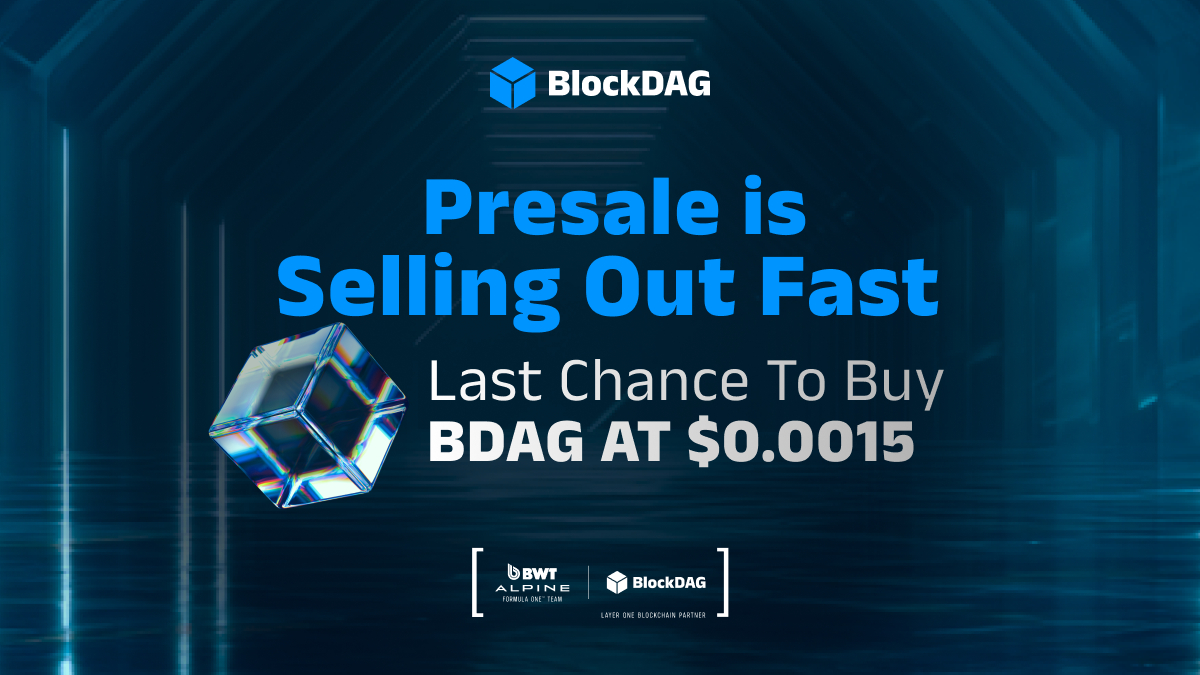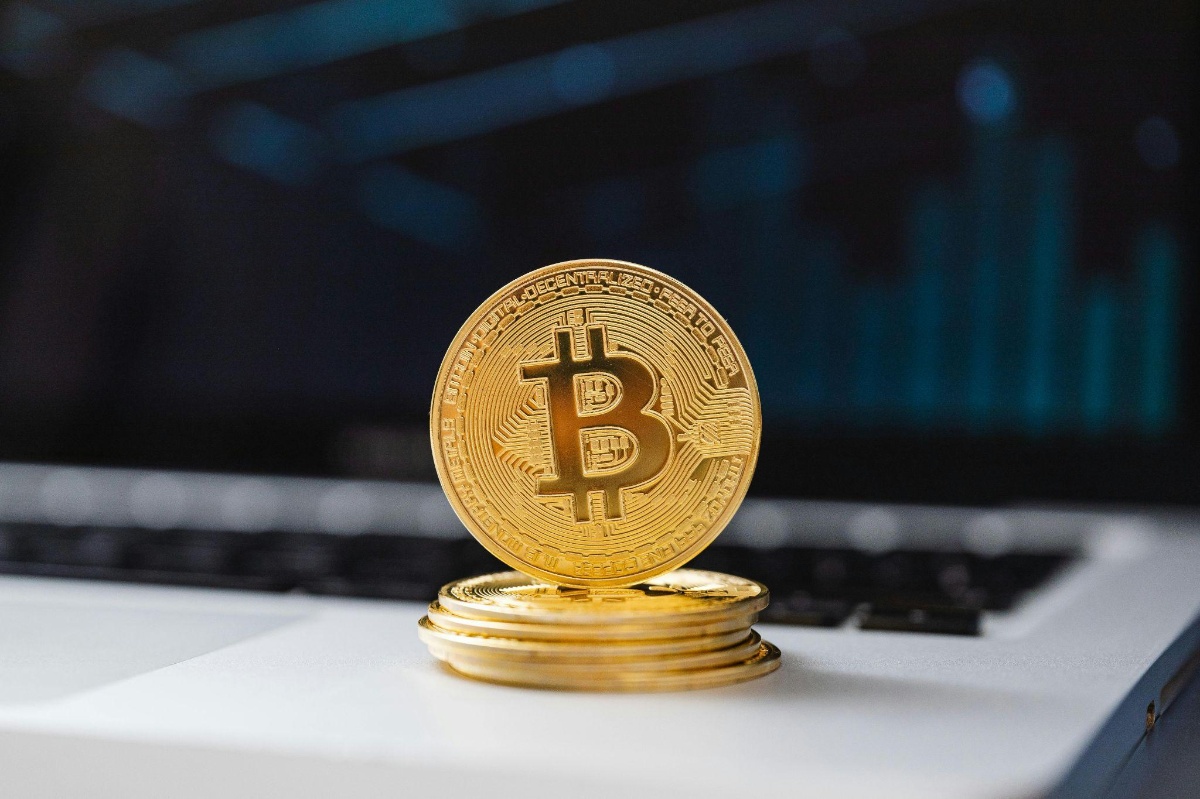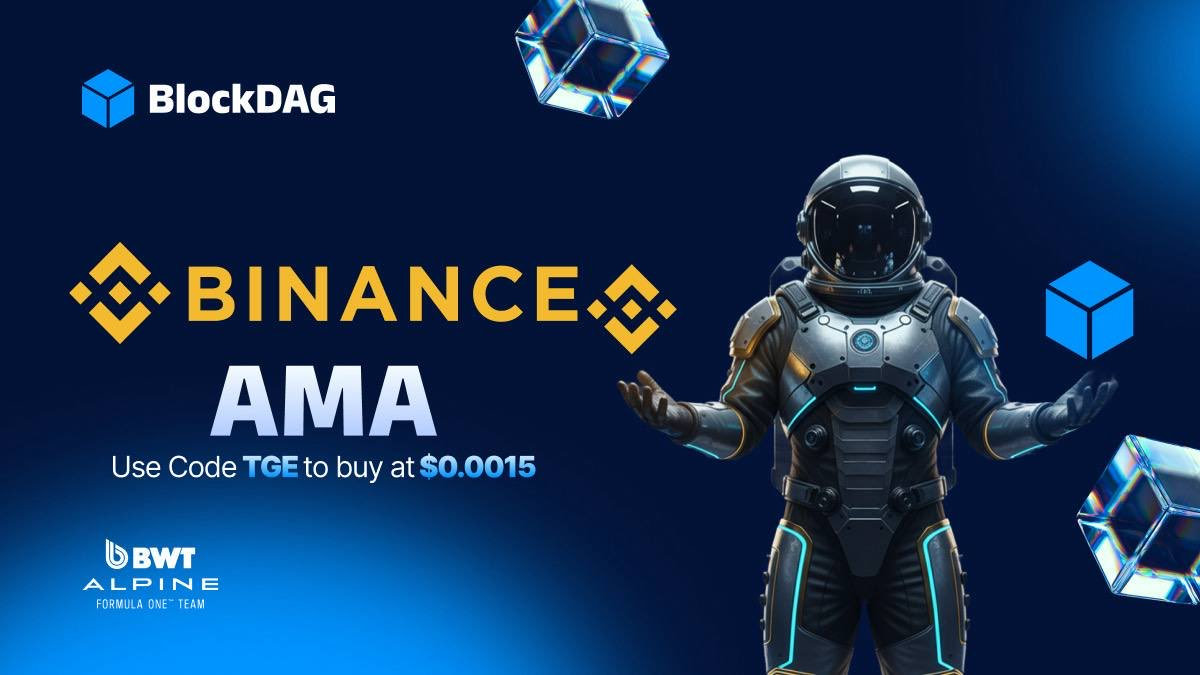Strategy Expands Bitcoin Holdings to 640,808 BTC as Institutional Accumulation Surges
Bitcoin’s largest corporate holder just got bigger. Strategy (MSTR.O) added another 390 BTC to its treasury last week, spending $43.4 million at an average price of $111,053 per bitcoin.
The move highlights the company’s consistent buying pattern even as the asset’s 2025 rally shows no signs of slowing down.
According to a post on X, the purchase was completed between October 20 and October 26, funded through proceeds from its STRF, STRK, and STRD series preferred stock issuances.
Bitcoin Holdings Cross 640,000 BTC
As of October 26, 2025, Strategy holds a total of 640,808 bitcoins, the largest corporate Bitcoin treasury globally. The company has spent an estimated $47.44 billion on its cumulative BTC acquisitions, with an average purchase price of $74,032 per coin.
The firm’s BTC yield has reached 26.0% year-to-date, reflecting the impact of Bitcoin’s continued appreciation throughout 2025. Strategy’s relentless accumulation underscores its belief in Bitcoin as a long-term store of value and strategic asset in an inflationary global market.
The 390 BTC acquisition may seem modest compared to earlier buys, but it reinforces a steady accumulation strategy rather than speculative timing. For a company already holding more than half a million bitcoins, even smaller purchases demonstrate conviction, and signal confidence to the broader market.
Building Through Volatility
Strategy’s approach remains consistent: acquire, hold, and wait. Each acquisition pushes its balance sheet deeper into Bitcoin exposure, while the firm’s yield performance continues to validate its “digital gold” thesis.
In a market often driven by short-term hype, Strategy’s consistent purchases stand out. This latest buy adds to a streak of quarterly acquisitions despite fluctuating prices, proving that the company views Bitcoin less as a trade and more as a reserve asset.
The company’s funding model, issuing preferred stock to raise capital, provides a low-risk, flexible way to expand its Bitcoin portfolio without taking on excessive debt. It’s a model that other institutional players are beginning to notice.
The Yield Story
A 26% BTC yield YTD is a remarkable figure, even for an asset that’s outperformed most global equities this year. It points to the effectiveness of Strategy’s treasury management approach. While traditional portfolios rely on bonds and equities for returns, Strategy’s balance sheet now behaves more like a Bitcoin ETF, one that captures both price appreciation and strategic yield.
This yield not only reflects gains from market performance but also the company’s ability to leverage its holdings effectively, signaling operational efficiency and a long-term advantage over competitors who remain on the sidelines.
American Bitcoin Boosts Its Treasury
In parallel, another institutional player, American Bitcoin ($ABTC), has also increased its holdings. The firm recently acquired 1,414 BTC, bringing its total treasury to 3,865 BTC.
American Bitcoin’s strategy differs from pure accumulation. The company combines direct Bitcoin production through mining with periodic market purchases to strengthen its balance sheet. This hybrid model allows it to reduce its average cost per bitcoin, ensuring it remains competitive even as spot prices rise.
Executive Chairman Asher Genoot explained the approach clearly:
“By producing Bitcoin directly, we can reduce our average cost per Bitcoin to drive a cost advantage over vehicles that buy exclusively on the open market.”
This production-based accumulation creates a natural hedge against market volatility. While most public Bitcoin holders rely solely on capital inflows, American Bitcoin generates part of its treasury through self-mining, providing long-term cost stability.
Rising Satoshis Per Share
Another notable metric from American Bitcoin’s update is its Satoshis Per Share (SPS), now reported at 418, marking a 52% increase since September 1. This figure tracks the company’s Bitcoin exposure per share and gives investors a clear view of how effectively treasury growth translates into shareholder value.
The strong SPS growth indicates both aggressive accumulation and disciplined treasury scaling. It also positions the company competitively among institutional Bitcoin holders, where transparency around treasury performance is increasingly valued.
The company’s progress was shared in a post by Treasury Edge, highlighting the alignment between mining expansion, financial strategy, and shareholder impact.
The latest moves from both Strategy and American Bitcoin show that institutional conviction in Bitcoin remains strong even after significant price growth in 2025.
Strategy’s continued buying streak and American Bitcoin’s integrated mining model reflect two sides of the same coin, accumulation through both capital deployment and production efficiency. Together, they illustrate a maturing institutional ecosystem around Bitcoin, where companies view the asset not as speculation but as a strategic treasury reserve.
Long-Term Implications
At a time when central banks debate digital currencies and inflationary pressures persist globally, the continued flow of corporate capital into Bitcoin adds weight to the idea that digital assets are no longer fringe.
With Strategy now holding over 640,000 BTC and American Bitcoin scaling production, the narrative is clear: Bitcoin is becoming an institutional-grade treasury instrument.
As Bitcoin’s supply issuance continues to decline and halving approaches, companies accumulating now are effectively securing their share of a finite asset. The result is a stronger, more mature market structure, one increasingly dominated by strategic, long-term holders rather than speculative traders.
Strategy’s latest 390 BTC purchase reaffirms its role as the world’s leading Bitcoin accumulator, while American Bitcoin’s dual mining-and-purchase strategy sets a cost-efficient precedent for others to follow.
Both stories highlight the same reality: corporate Bitcoin adoption isn’t slowing down. Instead, it’s evolving, from opportunistic buys to structured, yield-driven treasury management.
Bitcoin is no longer just a trade. For these institutions, it’s a strategy.
Disclosure: This is not trading or investment advice. Always do your research before buying any cryptocurrency or investing in any services.
Follow us on Twitter @themerklehash to stay updated with the latest Crypto, NFT, AI, Cybersecurity, and Metaverse news!
The post Strategy Expands Bitcoin Holdings to 640,808 BTC as Institutional Accumulation Surges appeared first on The Merkle News.







